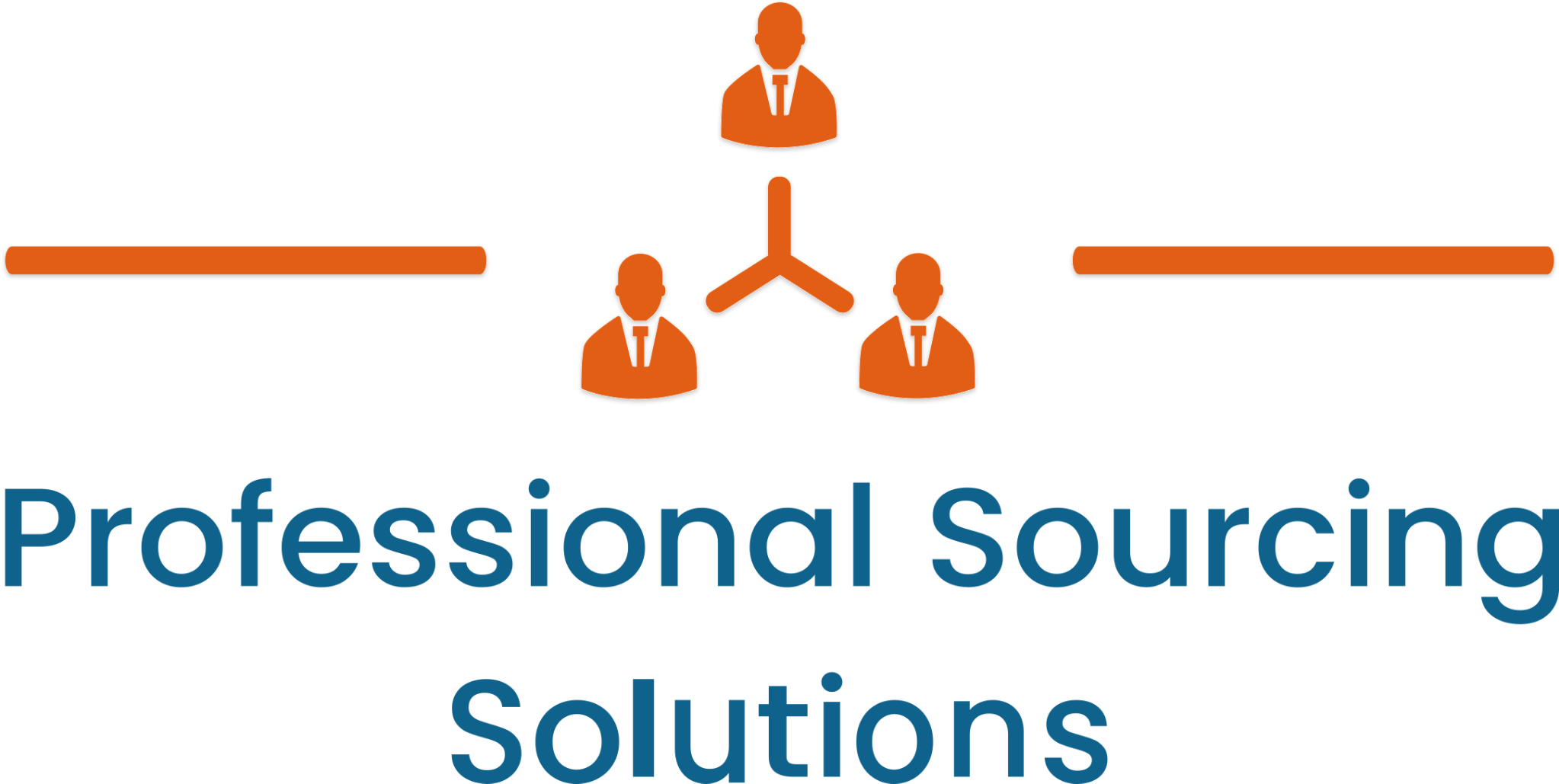
In today’s ever-changing job market, businesses, particularly in the retail sector, face numerous challenges, including high turnover rates, skill gaps, and labor shortages. To tackle these challenges and thrive in a post-pandemic world, organizations are turning to innovative workforce management strategies. Among these strategies, technology, specifically artificial intelligence (AI) and machine learning (ML), plays a pivotal role. Leveraging data analytics in retail recruitment is becoming increasingly crucial. In this comprehensive guide, we will explore how data analytics can predict hiring needs, optimize recruitment marketing, and enhance employee performance.
Understanding People Analytics
People analytics, encompassing subsets like HR analytics and talent analytics, is a game-changer for modern businesses. It unlocks the potential hidden within the vast volumes of workforce data that organizations have been collecting for years. By analyzing this data, businesses can gain real-time insights that drive informed decisions concerning recruitment and workforce management.
Benefits of People Analytics in Retail Recruitment
- Sourcing High-Quality Candidates: People analytics identifies the most suitable candidates using data-driven insights, increasing the likelihood of hiring top talent.
- Accelerating the Hiring Process: Streamlining recruitment processes through data analytics reduces the time required to fill positions, ensuring immediate business needs are met.
- Reducing Recruitment Costs: Efficient data utilization minimizes recruitment expenses while maintaining or improving the quality of hires.
- Increasing Talent Retention Rates: Data insights pinpoint strategies for retaining talent, improving overall employee satisfaction and longevity.
- Enhancing Employee Engagement: Understanding employee behavior through data analysis allows organizations to tailor engagement strategies to individual needs.
- Improving Workforce Planning Management: Data-driven analytics aids in creating effective workforce management plans that align with business demands.
Utilizing People Analytics for Retail Recruitment
To harness the power of people analytics effectively in retail recruitment, follow these key steps:
- Set Company Goals and Objectives: Engage leaders, HR teams, and supervisors in goal-setting, emphasizing diversity, equity, and inclusion goals, aiming for equitable representation among leadership positions.
- Determine Data Collection Parameters: Define what data can and cannot be collected while ensuring compliance with employment laws and data privacy regulations. Establish data access permissions and security protocols.
- Build a Data-Based Culture: Foster a culture of data-driven decision-making in recruitment, ensuring employees understand the value of people analytics, and apply data-driven insights throughout the recruitment process.
- Acquire Analytical Skills: Invest in training HR teams in people analytics, consider hiring professionals with People Analytics Certification, and collaborate with organizations specializing in talent acquisition.
- Invest in People Analytics Tools: Choose appropriate tools for sourcing talent data, such as HRIS software, seek expert insights and analysis, and consider advanced analytics technologies like AI and ML.
- Prioritize Tech and Touch: Strike a balance between data-driven decisions and personalized candidate interactions. Highlight non-monetary benefits to attract candidates and use AI to free HR teams from repetitive tasks for higher-value work.
- Partner with an HR Services Company: Collaborate with experts to optimize recruitment, access valuable worker insights, and tap into a vast talent pool. Speed up the hiring process while enhancing quality.
Predictive Analytics in Retail Recruitment
Predictive analytics is a critical component of modern recruitment. It offers several valuable benefits:
- Objective Assessment: Provides objective insights into the effectiveness and value of recruitment activities.
- Talent Pool Management: Helps maintain a robust talent pool for future hiring needs.
- Process Improvement: Identifies areas for improvement, enabling enhanced recruitment processes.
- Proactive Recruitment: Facilitates proactive, data-driven hiring decisions.
- Performance Prediction: Identifies high-performing candidates while minimizing the risk of bad hires.
Incorporating Predictive Analytics into Retail Recruitment
To effectively implement predictive analytics in your retail recruitment strategy, follow these steps:
- Choose Your Tech Stack: Select HR platforms and analytics tools that align with your specific needs and ensure seamless integration with your ATS or HRIS.
- Choose Your KPIs: Collaborate with your team to identify key performance indicators (KPIs) that align with your recruitment goals. Create a recruitment matrix to prioritize these KPIs.
- The Predictive Analytics Lifecycle: Follow a structured process that involves collecting and cleaning relevant data, establishing analysis types, training predictive models, performing predictions, and acting on insights.
- Set Up Measurement and Reporting: Develop a user-friendly recruitment KPI dashboard and ensure that your chosen tech stack offers robust reporting capabilities.
- Continuously Track and Measure Success: Regularly act on predictive insights, experiment with changes based on data, and maintain an accurate and relevant data pool.
Data-Driven Recruitment: Transforming the Retail Landscape
In the rapidly evolving business landscape, technological advancements such as Big Data, Artificial Intelligence, and the Internet of Things are reshaping operations. Data-driven recruitment is one area where organizations can harness these innovations to streamline hiring processes and make informed decisions.
Despite its potential benefits, many organizations have been slow to adopt data-driven recruitment methodologies. A CareerBuilder survey revealed that 74 percent of employers have hired the wrong person for a job. Considering the average cost of a bad hire is approximately $15,000, there is a significant opportunity for improvement.
Most organizations already collect vast amounts of data regarding their hiring processes, yet they often fail to transform this data into actionable insights. By mining the wealth of information available in their Human Resource records, companies can gain valuable insights that enhance the overall hiring process and positively impact company performance.
Advantages of Data-Driven Recruitment
Selecting for Better Overall Employees:
In every organization, there are top performers and employees who struggle to meet expectations. By analyzing existing data, companies can identify patterns among their top performers. Metrics such as the time it takes for new hires to become top performers and the turnover rate among recent hires can provide valuable insights. Additionally, understanding which hiring sources consistently yield top performers versus high turnovers can help tailor recruitment strategies.
Armed with this data, organizations can focus their resources on channels that have a track record of bringing in top talent while reducing investments in less effective sources. This data-driven approach ensures that the right candidates enter the hiring pipeline from the start.
Reducing Time and Cost to Hire:
The cost of hiring is a significant concern for businesses. On average, hiring a new employee costs around $15,000. To effectively manage these costs, organizations must understand how long it takes to fill positions. By analyzing historical data, they can identify bottlenecks in the hiring process and take steps to streamline it.
For instance, implementing technology to automate resume screening or using predictive analytics to identify high-potential candidates can significantly reduce the time it takes to move candidates through the hiring pipeline. This not only saves money but also helps secure top talent more efficiently.
Getting Rid of Gut Feelings:
Human bias can be a detriment to the hiring process. Even well-intentioned hiring managers may rely on gut feelings when making decisions. Data-driven recruitment mitigates this risk by prioritizing objective data over subjective judgments.
By implementing data-sorting techniques, organizations can ensure that candidates are evaluated based on their skills, qualifications, and performance rather than subjective perceptions. This approach reduces the influence of bias, leading to fairer and more objective hiring decisions.
Understanding Your Bounce Rate:
In the digital age, an organization’s online presence plays a vital role in attracting potential candidates. Understanding your website’s bounce rate—how quickly visitors navigate away after viewing one page—can provide insights into the effectiveness of your digital communications.
By analyzing bounce rates and related data, organizations can pinpoint areas where candidates may be disengaging. This information can inform improvements to job postings, landing pages, and the overall candidate experience. A lower bounce rate indicates that your online presence is effectively engaging candidates, increasing the likelihood of attracting top talent.
Budgeting for Future Hiring:
Predicting future hiring needs and budgeting accordingly is a challenge for many HR departments. Data-driven recruitment allows organizations to anticipate their hiring requirements based on historical turnover rates, internal promotions, and growth trends.
By combining internal data with market insights, businesses can forecast their recruitment needs more accurately. This enables them to allocate resources efficiently and ensure that critical positions are filled promptly.
A Data-Driven Retail Future
In conclusion, data-driven recruitment has the potential to revolutionize the way organizations attract and retain talent. By harnessing the power of data analytics, companies can make more informed hiring decisions, reduce costs, and improve overall employee performance. Embracing a data-driven approach not only benefits HR departments but also contributes to the success and competitiveness of the entire organization.
As businesses continue to adapt to the evolving job market and leverage new technologies, data-driven recruitment will play a pivotal role in shaping the workforce of the future. Those organizations that embrace this approach are likely to thrive in an environment where attracting and retaining top talent is a critical factor for success.
Professional Sourcing Solutions is a staffing agency based in Ontario, Canada that specializes in retail staffing. Book a free consultation to learn more about how we can help you with your staffing needs.



